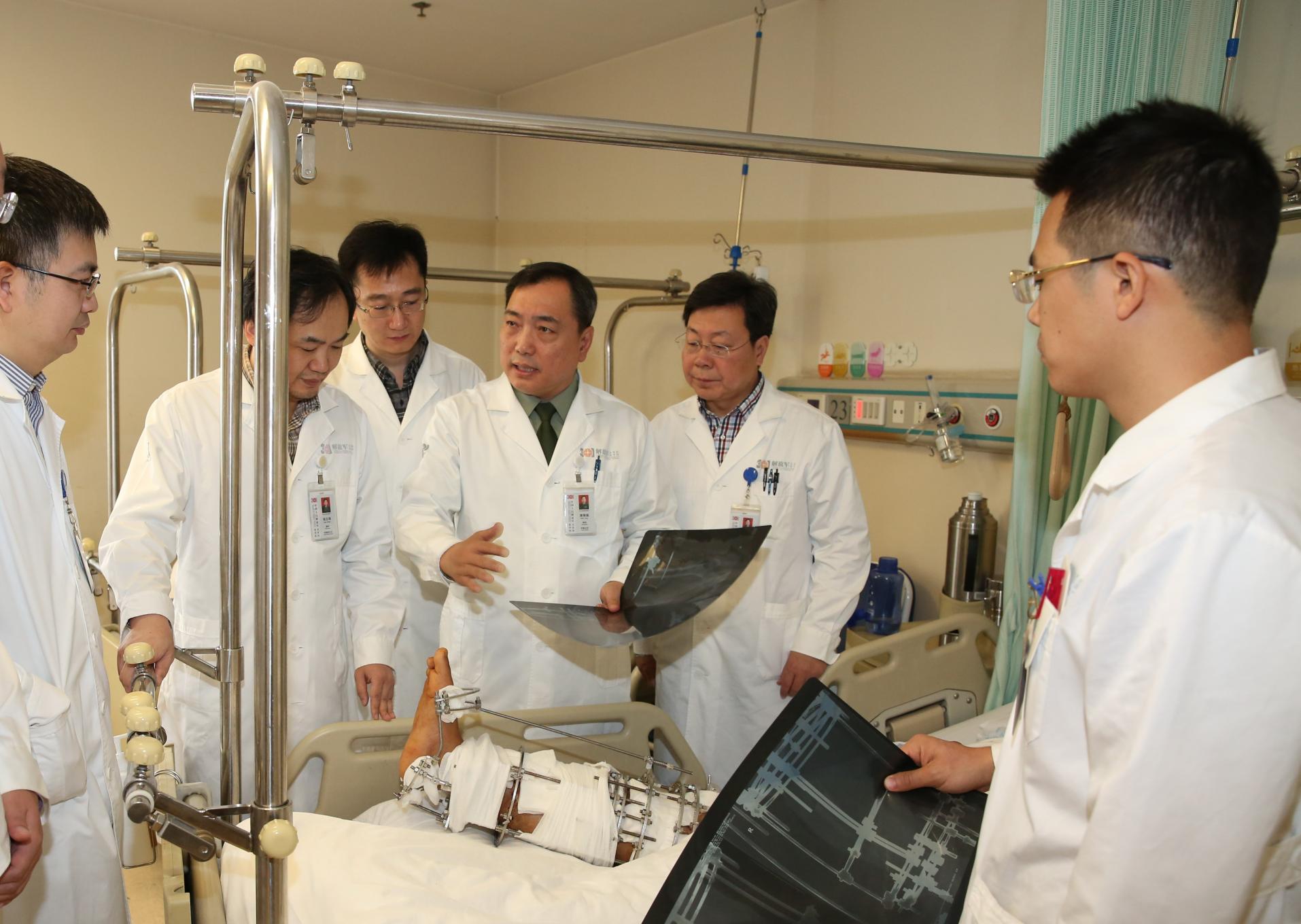Institute of Orthopaedics, PLA General Hospital
2024-06-26
The team's academic cooperation achievements and documents with the Orthopedic Research Institute of the General Hospital of the Chinese People's Liberation Army:
The Orthopedic Research Institute of the PLA General Hospital is a comprehensive research institute integrating scientific research, clinical practice and teaching. It is designated as the Key Laboratory of Orthopedic Combat Trauma of the PLA, the Key Laboratory of Orthopedic Regenerative Medicine of Beijing, and the Engineering Technology Research Center of Orthopedic Implant Medical Devices of Beijing. The institute is distributed in four laboratories, located in the First, Fourth, Seventh and Eighth Medical Centers, with a total area of about 6,000 square meters.
The institute has a first-class basic research and translational medicine platform in China, including a field tissue bank, a biological cell therapy center and a translational medicine ward. In terms of scientific research, the institute has obtained 10 key special projects from the Ministry of Science and Technology, 12 projects from the National Natural Science Foundation of China, 88 military and provincial and ministerial projects, and published 210 SCI articles. In addition, the institute has also been approved for 3 new clinical technologies, two of which have become the symbol of the clinical application of tissue engineering technology, and has obtained 6 Class III implant medical device registration certificates, including the first Class III medical device registration certificate for shaped decalcified bone matrix in China.
The institute is committed to establishing a systematic path from clinical to basic research and then to clinical translational application to promote the development of orthopedic medicine. At the same time, the institute has also established a modern allogeneic tissue bank, obtained clinical application approvals and registration numbers for a variety of tissue materials, and achieved remarkable results in the research of new orthopedic implant medical devices and equipment.



